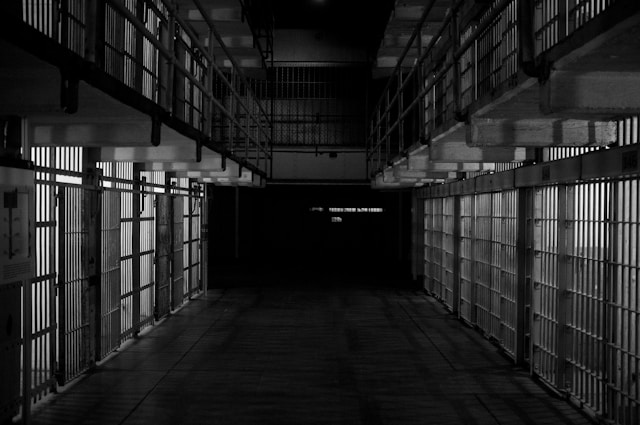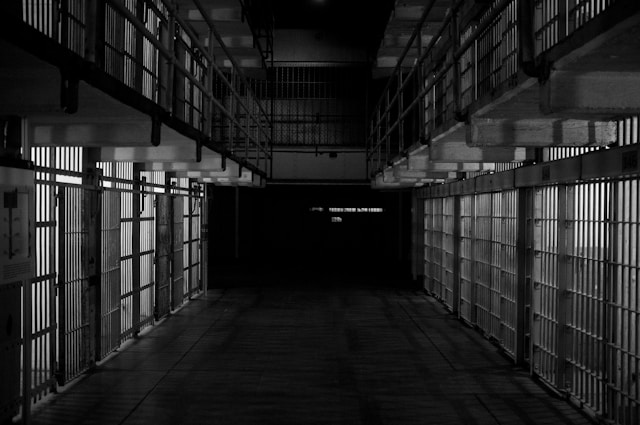Key Takeaways:
- Bail bonds serve as a critical intermediary between the legal system and individuals awaiting trial, granting them provisional liberty.
- Understanding how bail bonds function is crucial for those who wish to navigate the justice system more effectively.
- Well-regulated bail bonds can be pivotal in upholding the balance between the accused’s rights and community safety.
What Are Bail Bonds and How Do They Work?
Bail bonds are financial instruments licensed agencies provide to ensure that individuals accused of a crime can be released from detention while their case is pending. Essentially, they act as a surety, where the bail bond agent, also known as the bondsman, agrees to pay the court the full bail amount in case the defendant fails to appear for their scheduled hearings. The defendant, in turn, pays a non-refundable fee, typically a percentage of the total bail amount, to the bail bond service for their release.
In places like Chester County, the demand for such services is considerable, and reputable agents offering bail bonds Chester County, PA, are frequently sought out. The process starts with the arrestee or their representative contacting a bail bondsman and furnishing the necessary information and fees. Following this, the bondsman works with the local legal system to secure the defendant’s release, often requiring collateral to mitigate the risk of the accused not appearing in court. This system plays a vital role in the legal process. It allows defendants to maintain their employment and family responsibilities, presuming innocence until proven guilty.
The Historical Context of Bail in the Justice System
Bail has its genesis in ancient legal frameworks where an accused could be surrendered or replaced by someone else who would guarantee court appearances. As civilizations evolved, monetary bail became a common practice in the English legal system and was subsequently inherited by the American judicial system. This development was intended to ensure the accused would appear for trial without resorting to detention—a balance between the public’s protection and the individual’s rights.
Comparing Bail Bonds Across Different Jurisdictions
The understanding of bail bonds is not uniform across different jurisdictions; significant national and international disparities exist. Within the United States, each state has its regulations surrounding bail bonds. These variances tie into broader conversations about the criminal justice system, such as considering an individual’s right to freedom versus the community’s right to safety.
Globally, the approach to pretrial detention and release is even more varied. Some countries have completely eschewed bail for a system based on judicial assessment. In contrast, others continue to adopt practices similar to the U.S. through comparative analysis, reforms and improvements are galvanized, informed by successful models across different jurisdictions.
The Relationship Between Bail Bonds and Community Safety
The proposed rationale behind bail is not merely to guarantee court attendance but also to protect the community. By setting bail, the court seeks to mitigate risks associated with a defendant potentially committing additional offenses while out of custody. Bail bonds become a critical tool in balancing the individual’s rights with the community’s interests.
When assessing bail, multiple variables are considered, such as the nature of the alleged crime, previous criminal history, and the accused’s ties to the community. While providing a service to the defendant, the bail bond agents also assume responsibility for maintaining community safety by only agreeing to post bail for those deemed a low risk of flight or re-offense.
Rights of the Accused: Bail Bonds as a Form of Legal Protection
At the heart of the U.S. justice system lies the belief that an individual is innocent until proven guilty. Bail bonds operate on this principle by enabling pretrial release, which allows the accused to effectively participate in their defense. This right is further safeguarded by constitutional protections against excessive bail, ensuring that the amount set is not used as a punitive measure but corresponds appropriately with the case particulars.
The legality and justice of bail bonds stem from the U.S. Constitution, specifically the Eighth Amendment. This foundation instills a checks-and-balances ecosystem within the pretrial process, fostering an environment that guards against wrongful pretrial detainment and offers the accused a measure of autonomy and dignity as they navigate their legal challenges.











